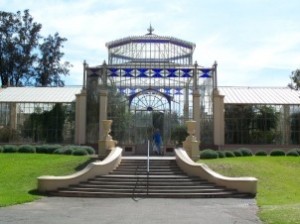Several of my followers have been asking how many ‘government’ accounts are there in the Twittersphere. I have collated 38 across local & state. And here they are, in no particular order:
- http://wwww.twitter.com/StateRecordsSA
- http://wwww.twitter.com/zerowastesa
- http://wwww.twitter.com/SouthRdSuperway
- http://wwww.twitter.com/SAHealth
- http://wwww.twitter.com/CFSAlerts
- http://wwww.twitter.com/DTEI_SA
- http://wwww.twitter.com/YourFutureSA
- http://wwww.twitter.com/SAMaritimeMuseu
- http://wwww.twitter.com/SAPoliceNews
- http://wwww.twitter.com/SLSA
- http://wwww.twitter.com/TourismSA
- http://wwww.twitter.com/TourDownUnder
- http://wwww.twitter.com/SAFoodAwards
- http://wwww.twitter.com/CampbelltownSA
- http://wwww.twitter.com/CityofAdelaide
- http://wwww.twitter.com/cityofmitcham
- http://wwww.twitter.com/CityOfSalisbury
- http://wwww.twitter.com/holdfastbay
- http://wwww.twitter.com/UnleyCouncil
- http://wwww.twitter.com/AdelaideLibrary
- http://wwww.twitter.com/BurnsideLibrary
- http://wwww.twitter.com/HistorySA
- http://wwww.twitter.com/LibrariesSA
- http://wwww.twitter.com/MigrationMuseum
- http://wwww.twitter.com/mtbarkerlibrary
- http://wwww.twitter.com/NatMotorMuseum
- http://wwww.twitter.com/SAMuseum
- http://wwww.twitter.com/StateTheatreSA
- http://wwww.twitter.com/VictorHarborLib
- http://wwww.twitter.com/InsideDFEEST
- http://wwww.twitter.com/SA_SES
- http://wwww.twitter.com/LimestoneCoast
- http://wwww.twitter.com/Murraylands
- http://wwww.twitter.com/adelaidethinker
- http://wwww.twitter.com/yourSAy_AGD
- http://wwww.twitter.com/LGAofSA
- http://wwww.twitter.com/cityofprospect
- http://wwww.twitter.com/FairTradingSA
Also Craig Thomler, via his blog has posted a crowd sourced list of Australian Government accounts, which is worth a read too.

